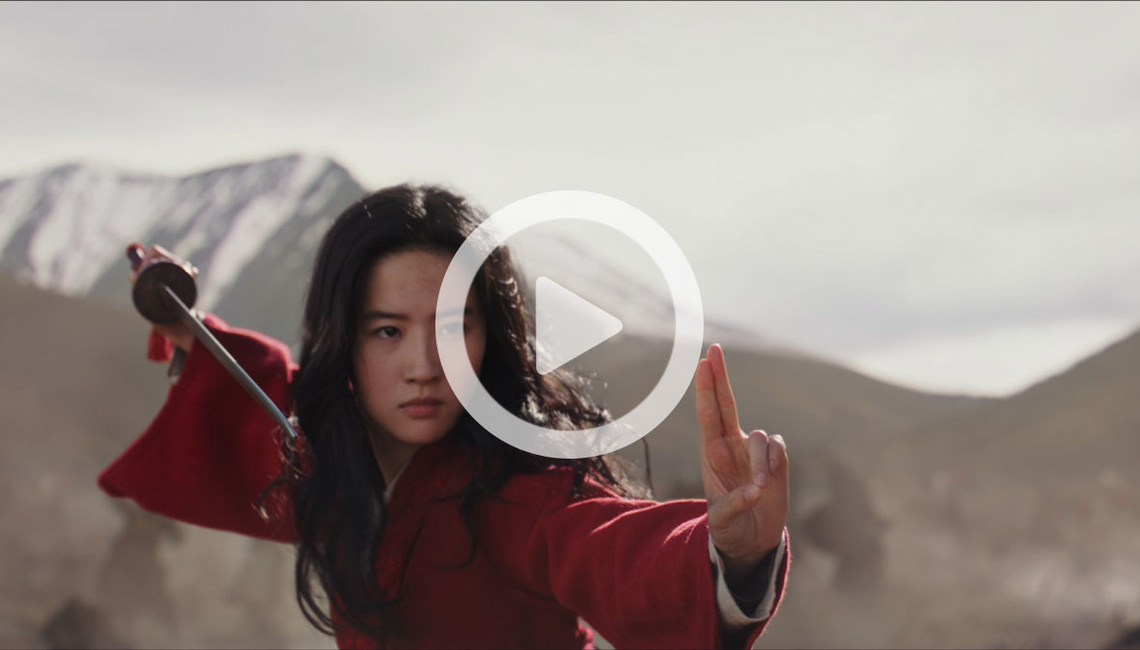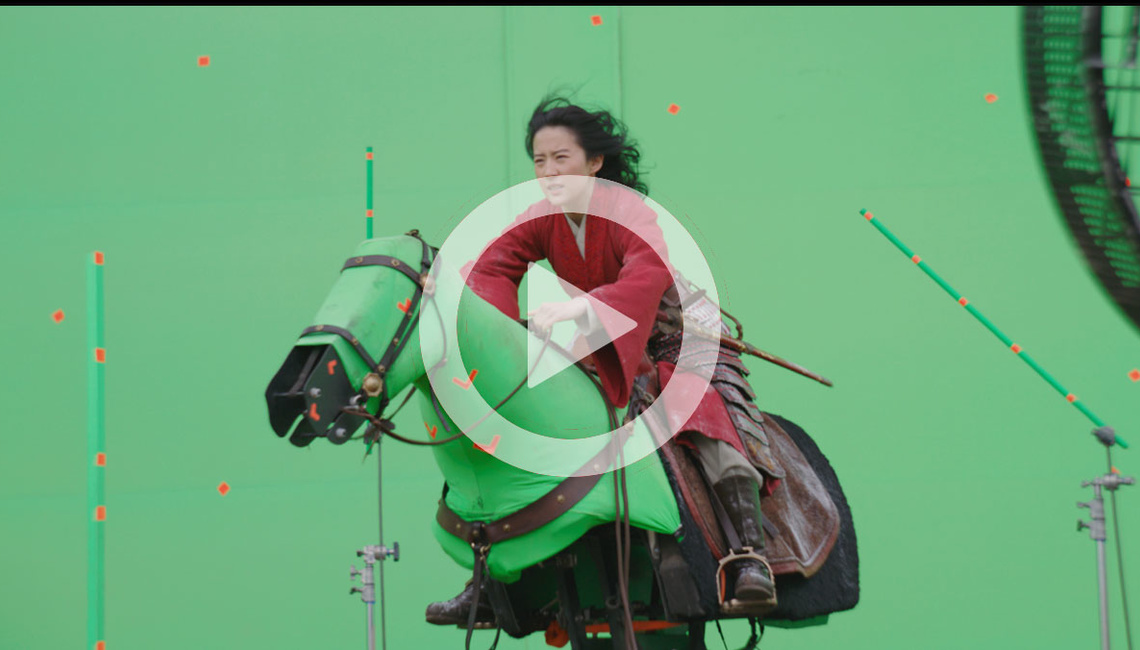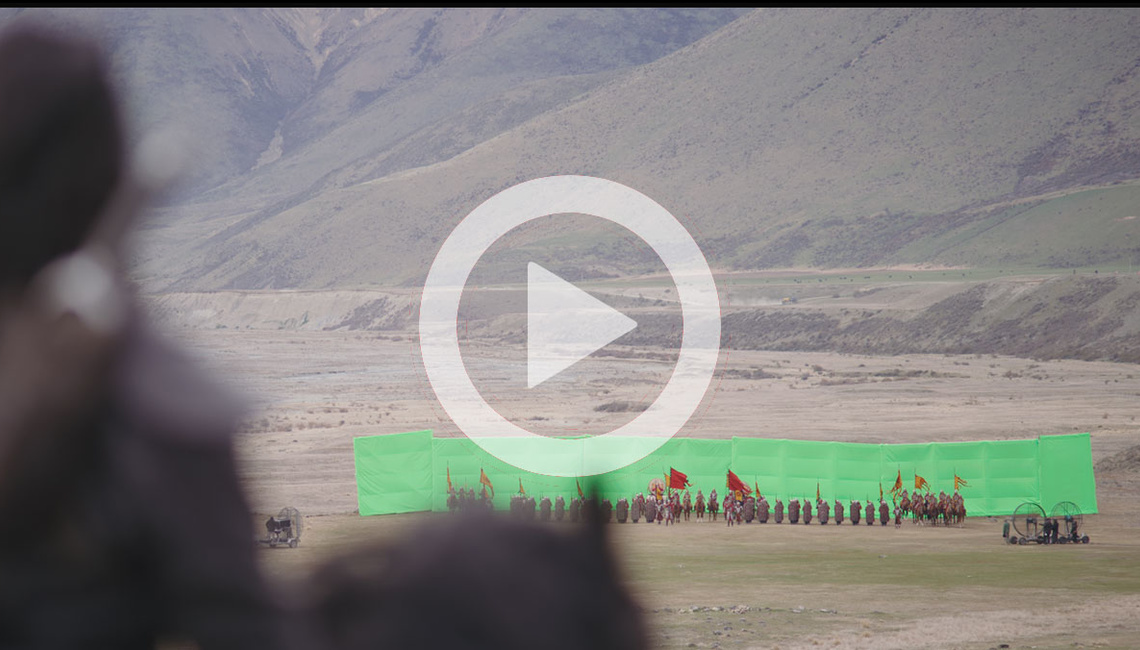Now on Disc and Digital
Acclaimed filmmaker Niki Caro brings the epic tale of China’s legendary warrior to life in Disney’s “Mulan,” in which a fearless young woman risks everything out of love for her family and country to become one of the greatest warriors China has even known.





